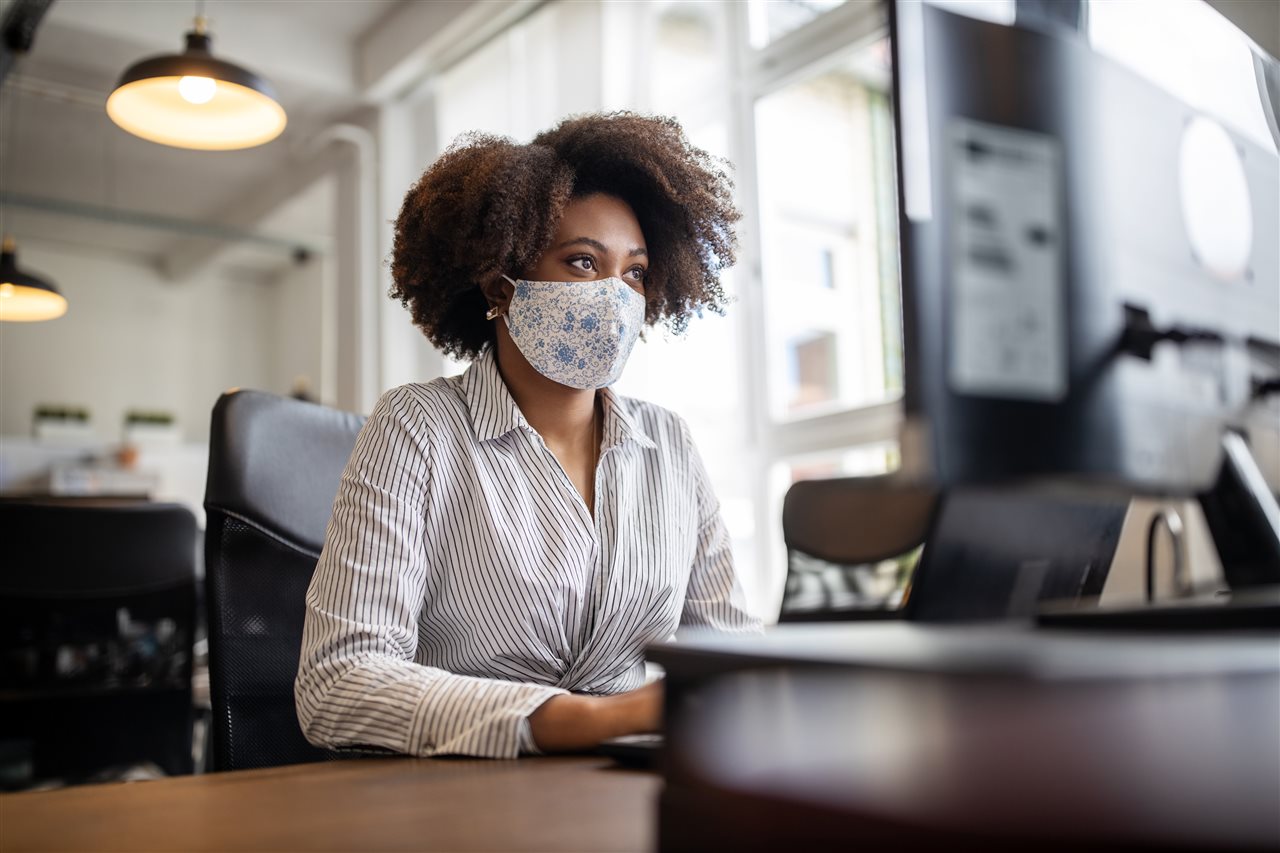Even with shared workstations, having dedicated sets of sanitizing tools is highly effective. Post or share clear instructions on how to sanitize and the necessary frequency. Particularly for shared workstations, it’s advisable for employees to sanitize before and after every shift.
Workplace reopening? 5 ways to put employee safety first
By (BPT) with permission.
Of all the milestones in our nation’s COVID-19 recovery, workplaces reopening is one of the biggest. As millions of people start returning to offices, classrooms and more, the hope of progress is tempered by concerns for safety. Everyone deserves to feel safe at work. How can employers help make that happen?
The key is planning ahead, says Christopher Gill, vice president of EnviroPro Solutions. “Having enough supplies, the right equipment and clear information — all of these are important. They do more than just keep the workplace safe and sanitized. They help employees feel confident about returning.”
Here are 5 easy steps employers can take to help build trust and stay safe.
Pick up plenty of PPE. The bare minimum should include disposable masks and hand sanitizer. Depending on the sanitizing steps your business is taking, gloves and goggles may also be necessary. Designate a clear responsible party who will be in charge of tracking supplies and re-ordering.
Post or share information on the supplies available, where employees can access them and who to report any shortages or concerns to.
Re-assess restrooms. Restrooms should always be well-stocked with soap, hot water and paper towels. Increase the frequency at which restrooms are checked for supplies and sanitized. This is even more important if your facility’s restrooms are open to the public.
For large restrooms, consider closing off some stalls and sinks to limit the areas that require frequent sanitizing. Placing out-of-order signs can help deter use. Post clear instructions for handwashing — it should be done for at least 30 seconds with hot water and soap.
Scale back shared spaces. Shared spaces may mean break rooms, employee kitchens, copy rooms, lobbies, supply closets or more. If any of these spaces aren’t strictly necessary, consider closing them off. This will discourage congregating and limit the areas that need frequent sanitization. For shared spaces that stay open, limit furniture and supplies to the absolute essentials. This may mean reducing seating and tables, or removing communal dishware.
It’s also vital to establish clear expectations for sanitizing shared spaces before and after every use. Prominently post and share sanitizing guidelines with all staff. Include information on where sanitizing equipment will be stored and how it can be accessed and used. To help ensure everyone follows guidelines, look for a sanitizing solution that’s fast and easy-to-use, like electrostatic sprayers from enviroprosolutions.com, made by Victory or Graco.
Sick? Stay home. Wherever possible, encourage employees to stay home or work from home if:
- They are experiencing any symptoms of illness.
- They suspect they may have been exposed to someone with COVID-19.
- They have just returned from traveling.
- There have been any changes to their household, such as a child returning from college.
The Centers for Disease Control (CDC) provides guidelines for length of self-quarantines and more in their Guidance for Businesses & Employees page.
Provide proper equipment. Empowering employees is the best strategy for building trust. When it comes to sanitization, providing individual sanitizing tools is a terrific way to empower. Some companies offer kits to keep multiple employees in-stock at once, such as the Millennium Q Viral Disinfecting Kit. When every employee has their own set of supplies, they can take full responsibility for the safety of their workspace.
Even with shared workstations, having dedicated sets of sanitizing tools is highly effective. Post or share clear instructions on how to sanitize and the necessary frequency. Particularly for shared workstations, it’s advisable for employees to sanitize before and after every shift.
After more than a year at home for some workers, returning to the workplace is an enormous step. Emotions may be running high, and it’s up to employers to set a positive example and tone. Making your dedication to safety clear and tangible will boost employee confidence, all while keeping your workforce healthy.


